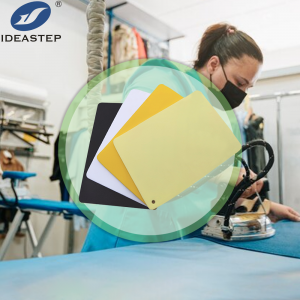
EVA (Ethylene-Vinyl Acetate) is a common material used in insoles due to its cushioning and shock-absorbing properties. The hardness of EVA can vary, and it plays a crucial role in the functionality of the insole. Here’s how different hardness levels of EVA affect the performance of the insole:
1. Soft EVA: Insoles with softer EVA provide enhanced cushioning and comfort. They can help reduce pressure points, absorb shock, and provide a plush feeling underfoot. Soft EVA is often preferred for individuals with sensitive or fatigued feet, as it offers a higher degree of cushioning.
2. Medium EVA: Insoles with medium hardness EVA strike a balance between cushioning and support. They provide moderate shock absorption while still offering some stability. This type of EVA is commonly used in general-purpose insoles that cater to a wide range of foot types and activities.
3. Firm EVA: Insoles with firmer EVA offer increased support and stability. They provide a solid foundation for the foot, especially for individuals with high arches or those who require extra pronation control. Firm EVA can help distribute pressure evenly across the foot and prevent excessive motion.
The choice of EVA hardness in an insole depends on individual needs, foot type, and activity level. It’s important to consider factors such as foot arch, gait mechanics, and any specific foot conditions when selecting an insole with the appropriate hardness of EVA.
Expand more related content: https://www.aideastep.com/eva-blocks-top-covers-for-cad-cam-milling/.
